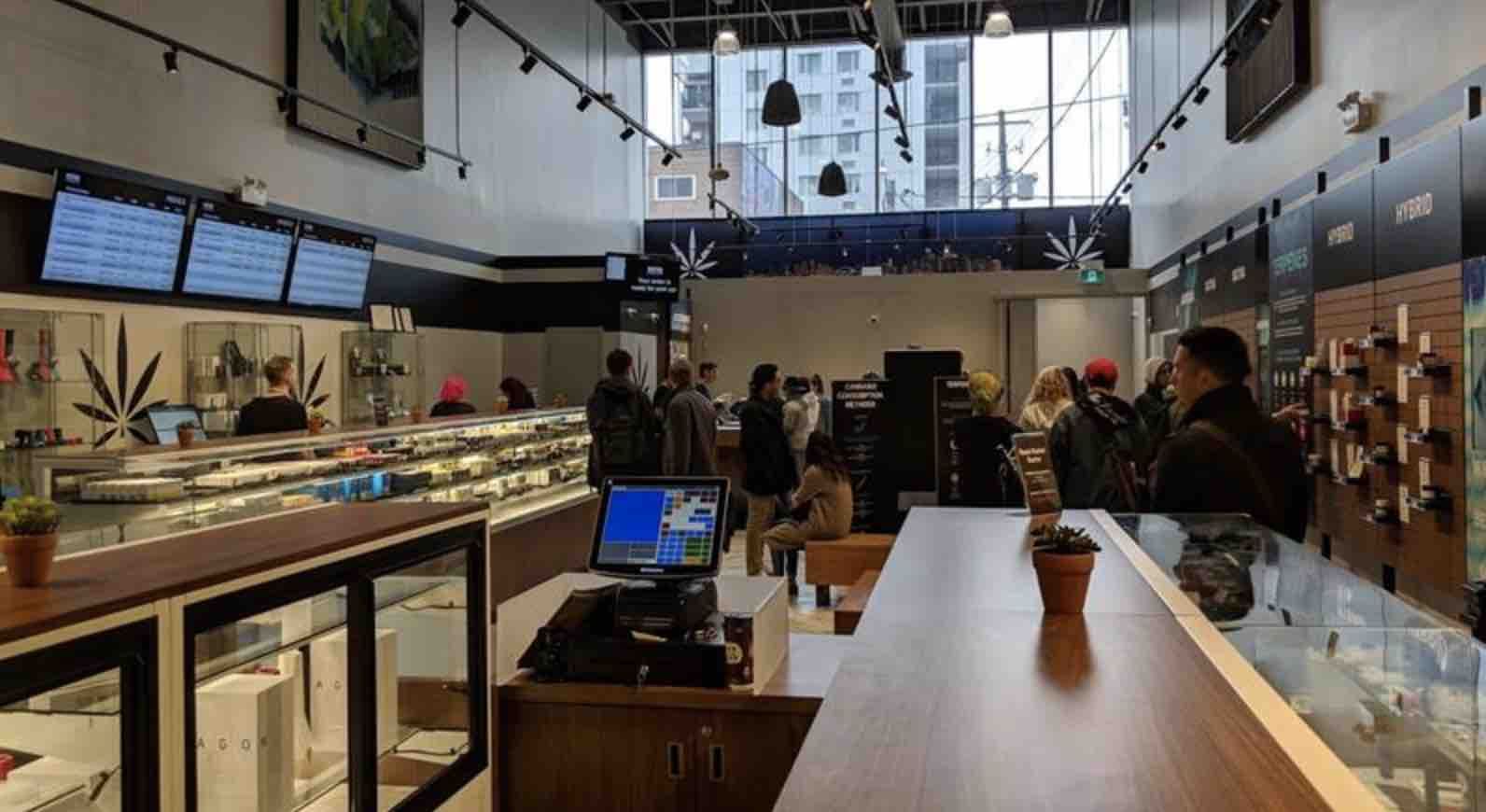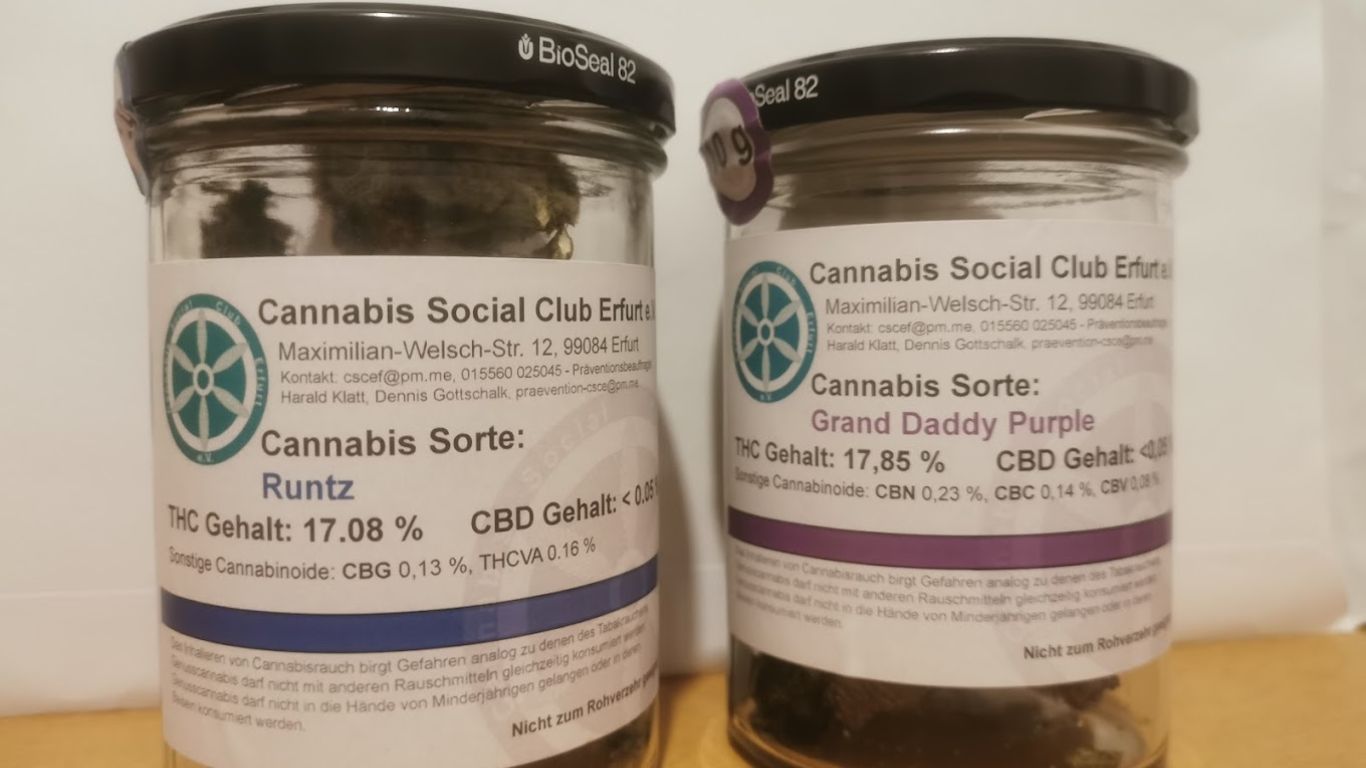
The Ontario Cannabis Store’s new Vice President of Merchandising, Marketing and Ecommerce says the upcoming changes to their product call system will allow for more flexibility for producers getting new products into market, not less.
Bev Altberg, the new VP, recently sent out an email to stakeholders in the industry noting the OCS is cancelling their previously scheduled October product call in an attempt to better refine the product call system. This means the next product call in August will be the last until a new product call is launched in April 2022.
Although some in the industry have expressed concern that this would mean no new products entering the Ontario market until mid-2022, Altberg says the upcoming changes to how Ontario does product calls are based on extensive stakeholder feedback and will allow producers to work with OCS product category managers before a product is ready for harvest to better plan ahead for when those products reach retail shelves.
The first stage of that change will occur at the upcoming August 13 product call, she explains, where producers will be able to work with category managers to let them know what products they are currently working on, with a tentative release into the OCS by January. This means that growers currently projecting a harvest later this year, such as outdoor growers, will still potentially be able to release their fall harvests for sale into Ontario in January.
So while the OCS will be moving from a product call every eight weeks to one every 18 weeks (quarterly), they will be introducing more flexibility in terms of when a producer can “pitch” a product to category managers. Whereas the old eight-week product call process required producers essentially have a product produced, tested, and ready for sale, the new process will allow more of a “conversation” between product managers and producers to allow the latter to plan ahead for the future, giving them a better chance to project release dates and consumer demand.

This better aligns the OCS with other provinces that allow similar tentative product calls prior to release.
“They don’t fully need the strain ready and packaged in order to submit it for product call,” explains Altberg,” but they have to have a fairly good idea of how it’s shaping up with a bit of certainty knowing they will have a commercially viable product.”
“So there’s a fundamental switch in terms of (getting) earlier alignment. By the time you get to the actual product call process, it’s more of a formality of getting the attributes collected into the system because we’ve already aligned. So we think about getting out ahead of the industry, getting ahead of trends that LPs are telling us, in terms of global markets that are more mature than us.”
“So what we’re going to do for that January window, we’re asking for LPs to submit it now… but we’re not going to make LPs in the August submission have all their information ready yet, we’re going to be much more lenient.”
This is based on feedback from both cannabis producers and private Ontario cannabis retailers who have felt the current eight-week process is too fast, she says. While the initial eight-week window was meant to address many new products coming out, moving to a more flexible quarterly product call will allow retailers and producers more time for planning.
“We’ve been running at this eight week process, which is this super-fast, constricted process that in my mind is exactly what we needed at the time because we were seeing so much innovation come through the market that it was as short a process as you could possibly do to be able to get SKUs up on our website and through our wholesale to get them into the marketplace,” continues Altberg.
“The January launch will become more conversational,” she continues. “As we move forward we won’t make them fill out an excel sheet, they’ll just be conversations (with category managers).”
“When I talked to a lot of our partners ORCAP (Ontario Recreational Cannabis Advisory Panel) and LPs, what a lot of them were saying was: ‘We don’t have enough time to get ahead of innovation. By the time we know we are getting a listing, it’s so condensed to try to get it into the DC (Distribution centre), and we’re kind of doing this send it and forget it—we’re putting it on but then we’re already moving on the next submission process—that we don’t ever have time to support our innovation or give the right information out to our retailers and generate demand by putting products into programs and telling the narratives and stories of why this product is a good product to buy.”
“There’s so much I know we can do better and I think this is the first step towards that, but I also think it’s an evolution of the industry and we’ll continue to evolve on what LPs needs are and what LR (Licensed Retailer) needs are. But the process—just like any marketing program—is a process for the stakeholders. What do people need and how do we deliver something that meets those needs, and I really think this is a step in that direction.”
Bev Altberg, Vice President of Merchandising, Marketing and E-commerce at the OCS
Her hope, she says, is that these changes can help Ontario align, even with other provinces, to ensure cannabis producers can better plan ahead for product selection rather than waiting to have a crop harvested and tested before pitching it.
“I think we did a pretty good job of considering LP and retailer ramifications while moving ourselves from an eight week to an eighteen week cycle,” says Altberg. “And even moreso, as we continue to advance this and having conversations with other provinces—because I think there’s a way we as an industry can make this a more unified process for the LPs that are doing the same submissions for multiple provinces where we either coincide with dates or provide alternate dates so there’s always freshness and innovation coming into the market.”
These changes, says Altberg, should actually better help producers and retailers—small or large, independent or chain—to plan ahead for future market trends, making Ontario an easier province to sell into, not harder.
“We’re changing because we’re evolving. We’re having a process that’s more reflective of the industry we’re in. It takes into account the retailer’s needs, that they’re getting bombarded with innovation. It takes into account the LP’s needs, where they want earlier alignment on innovation—especially the little guys. And it allows us to think about how we support generating demand, and not just selling the stuff into the system, but get it out through the system to consumers.”
“There’s so much I know we can do better and I think this is the first step towards that, but I also think it’s an evolution of the industry and we’ll continue to evolve on what LPs needs are and what LR (Licensed Retailer) needs are. But the process—just like any marketing program—is a process for the stakeholders. What do people need and how do we deliver something that meets those needs, and I really think this is a step in that direction.”
Featured image via OCS.ca











